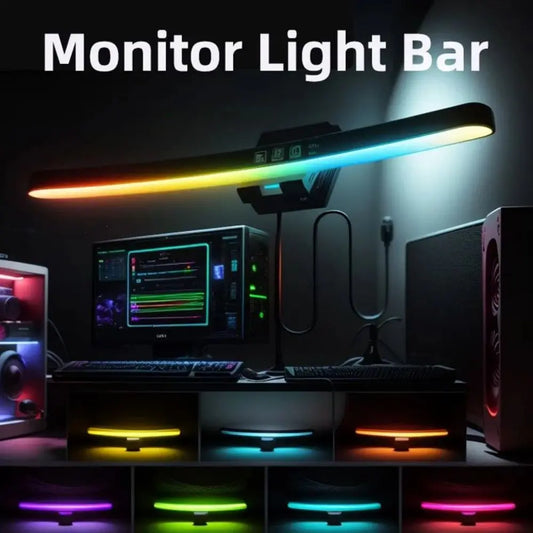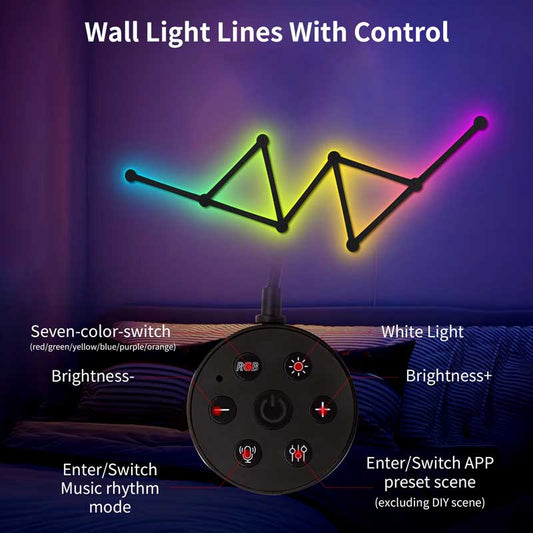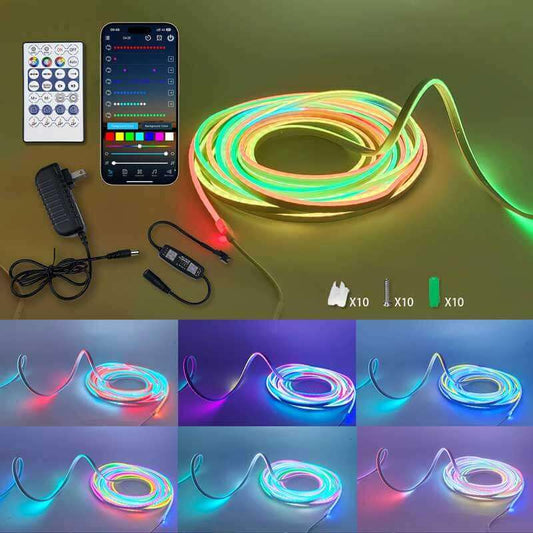How do I know if my speakers are good quality?
Share
Determining whether your speakers are of good quality involves evaluating several factors related to sound performance, build, and features. Here are some key indicators that can help you assess the quality of your speakers:
1. Sound Clarity and Balance
- Clarity: High-quality speakers produce clear sound with minimal distortion, even at higher volumes. You should be able to hear individual instruments and vocals clearly without muddiness.
- Balance: Good speakers provide a balanced sound, with bass, midrange, and treble frequencies all sounding clear and well-proportioned. If the bass overpowers the mids and treble or if the high frequencies are too harsh, the speakers may not be well-balanced.
- Test: Listen to different types of music or watch a movie with a complex soundtrack. High-quality speakers will perform well across all types of audio, from deep bass to delicate highs.
2. Frequency Response
- The frequency response range of a speaker tells you how well it can reproduce different sound frequencies, from deep bass (low frequencies) to high treble. A wider frequency range typically means more accurate sound reproduction.
- Standard Range: Most good speakers have a frequency range from 20 Hz (for deep bass) to 20,000 Hz (20 kHz), which is the typical hearing range for humans. If the speakers fall within or exceed this range, they are likely good quality.
3. Power Handling (RMS vs. Peak Power)
- RMS Power: This is the continuous power the speaker can handle without distortion. A higher RMS power rating generally indicates better sound quality, especially for larger spaces.
- Peak Power: This is the maximum power the speaker can handle in short bursts. While higher peak power is good for temporary loud sounds, the RMS power is more important for consistent performance.
- Tip: For home use, speakers with an RMS rating of at least 50 watts should deliver good sound.
4. Speaker Sensitivity
- Sensitivity refers to how efficiently a speaker converts power into sound. The higher the sensitivity (measured in dB/W/m), the louder the speaker will sound at a given power level. Good quality speakers typically have a sensitivity of 85 dB or higher.
- Test: At the same volume, more sensitive speakers will be able to produce louder sounds with less power.
5. Build Quality and Materials
- High-quality speakers are often built with durable materials such as wood, metal, or high-grade plastics, which help minimize resonance and vibrations that could distort sound.
- The driver units (the parts that generate sound) should be made from high-quality materials. Look for drivers with woven fabric, carbon fiber, or metal cones for better sound reproduction.
- Enclosures: The quality of the speaker enclosure also matters. Well-built enclosures prevent sound leakage and distortion.
6. Low Distortion
- High-quality speakers should be able to produce sound without noticeable distortion, even at high volumes. THD (Total Harmonic Distortion) is a common metric for speaker distortion, and a lower THD (usually under 1%) is a sign of a high-quality speaker.
7. Connectivity and Features
- Wired and Wireless Options: Good speakers often come with multiple connectivity options, including Bluetooth, USB, and auxiliary ports. Higher-end speakers may offer Wi-Fi connectivity or surround sound capabilities.
- Controls and Customization: Some speakers include controls for bass, treble, and volume so you can fine-tune the sound to your liking. Advanced speakers might also offer customizable EQ settings via software or apps.
8. Brand Reputation and Reviews
- Look for trusted brands with a history of producing quality audio equipment, such as Logitech, Bose, Sonos, JBL, and Klipsch.
- User Reviews: Check online reviews and user feedback to see how the speakers perform in real-world conditions. Reviews often highlight both strengths and weaknesses that can guide your decision.
9. Listening Test
- Try them out: If possible, test the speakers in person by listening to a variety of audio content, including music, movies, and gaming sounds. Listen for how the speakers perform in terms of clarity, volume, and bass response.
- A great test is to compare speakers side-by-side, noting differences in clarity, detail, and overall sound quality.
Conclusion:
Good-quality speakers should produce clear, balanced sound with minimal distortion, handle varied frequencies well, and have solid build quality. RMS power, sensitivity, and low distortion are also key indicators of a speaker’s overall quality. Make sure to check online reviews and, when possible, test the speakers in person before making a purchase.
If you're looking for high-quality speakers, check out products like the Logitech G560 or explore Youwei Trade for a variety of audio options that offer excellent sound and performance.




